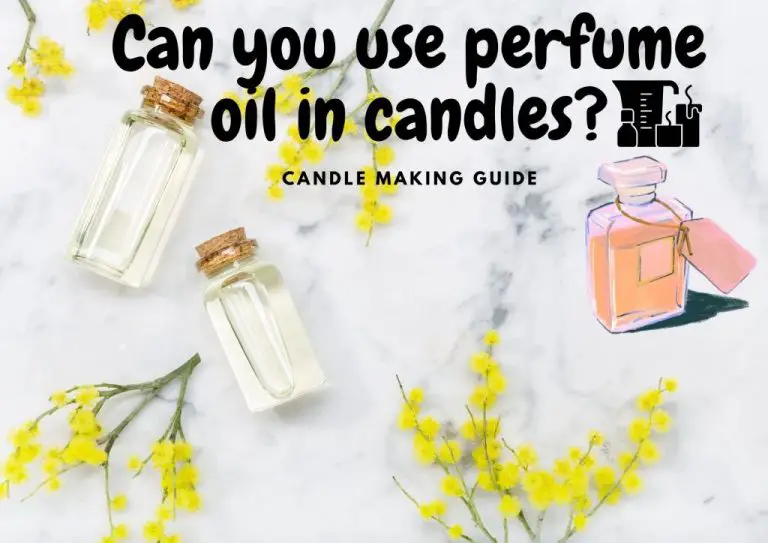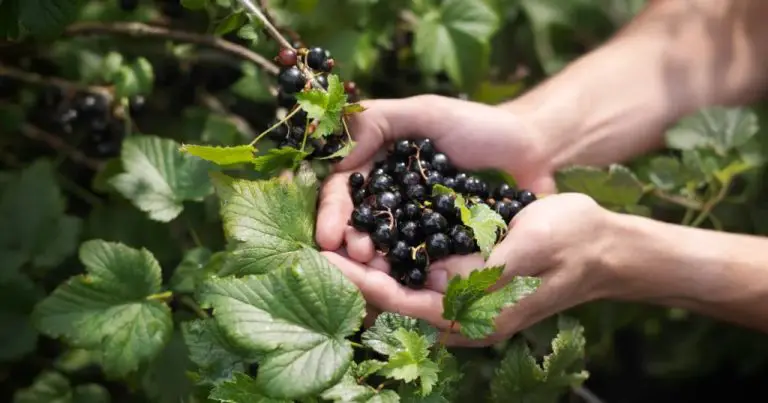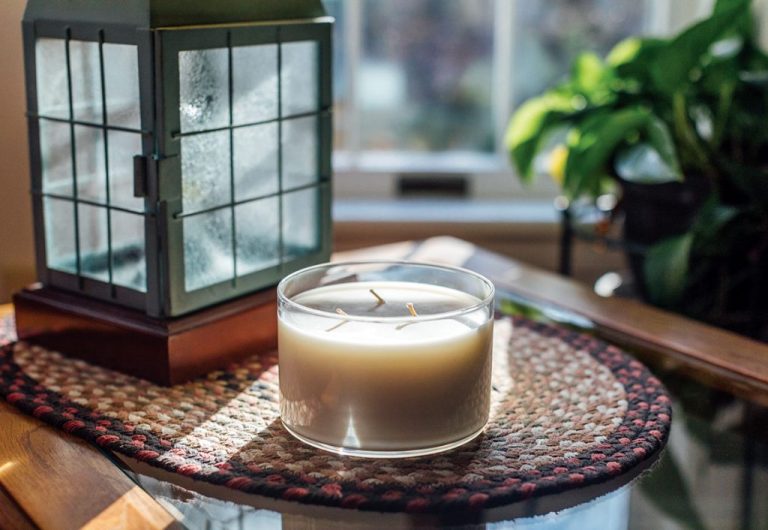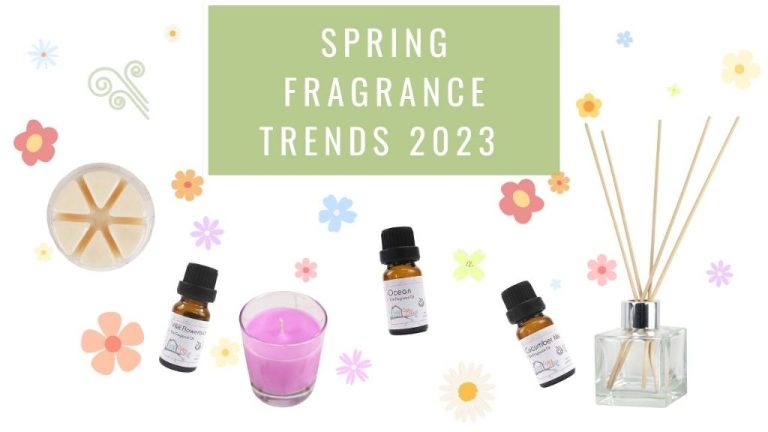What Kind Of Fragrance Oil For Candle Making?
Fragrance oils are an essential component of candle making and a key factor in creating an appealing candle. The scent of a candle can set the mood, elicit memories, provide therapeutic benefits, and is often the reason someone chooses one candle over another. Selecting the right fragrance oil is crucial to achieving the desired aroma and performance in a finished candle.
Fragrance oils are composed of synthetic and/or natural ingredients formulated to produce a specific scent when heated. Unlike essential oils, they are artificially created fragrances. The quality and type of oil can impact how well the fragrance throws scent and binds with wax. Testing oils in different waxes and at different concentrations is important to find the right balance. This overview covers key considerations in choosing a fragrance oil for candle making.
Popular Fragrance Oils
When it comes to fragrance oils for candle making, there are certain scents that remain perennially popular year after year. According to candle retailers and consumer surveys, some of the most commonly used fragrance oils include:
Vanilla – Beloved for its warm, sweet, comforting aroma, vanilla is one of the most ubiquitous scents used in candles. It blends well with other notes like cinnamon, caramel, and woodsy accents.
Lavender – With its fresh, floral, herbaceous fragrance, lavender is a classic scent that evokes relaxation. It’s especially popular for bedtime and spa-inspired candles.
Citrus – Bright, zesty citrus oils like orange, lemon, grapefruit, and lime are mood-boosting scents that remind people of sunshine and summer. Citrus blends well with herbs, spices, and lighter florals.
Floral – Feminine floral bouquet scents like jasmine, rose, lilac, and honeysuckle are aisle-pleasers. They can be blended with musk, berries, and greens for depth.
Clean/Fresh – Crisp, refreshing scents like cucumber melon, ocean breeze, eucalyptus mint, and linen evoke feelings of cleanliness. They are popular year-round.
These 5 categories encompass some of the most commonly sought-after fragrance oil scents for homemade and commercial candles alike. Their popularity comes from their broad appeal and ability to create an ambience that invokes positive memories and emotions for many people.
Natural vs Synthetic
Both natural and synthetic fragrance oils have their pros and cons when used for candle making. Natural fragrance oils are derived from plant sources like flowers, fruits, and herbs. They are often perceived as healthier and more environmentally-friendly. However, natural oils can be more expensive and may not always last as long or throw scent as strongly as synthetic oils (1).
Synthetic fragrance oils are chemically engineered in a lab. While some synthetic ingredients raise health concerns, many are safe when used properly. Synthetics tend to be more affordable, stronger-scented, and longer-lasting than naturals. They also allow candle makers to create almost any imaginable fragrance. However, some consumers prefer natural ingredients (2).
Ultimately there are high quality options in both categories. Testing different oils and finding the right balance of scent, performance, and cost are key when selecting between natural and synthetic fragrance oils.
(1) https://malibuapothecary.com/blogs/clean-candles/natural-vs-synthetic-fragrances
(2) https://www.stonecandles.com/blogs/blogs/clean-fragrances
Fragrance Oil Concentrations
The concentration of fragrance oil used in candle making is important for both performance and safety reasons. Generally, the recommended usage rate for fragrance oils in candle making is between 5-10% of the total wax weight (The Wax Chandler). Using too little fragrance oil may result in a candle that lacks a strong scent throw. On the other hand, using too much fragrance oil can lead to issues like scent throw that is too strong, sweating on the sides of the container, oil rings around the top, and more frequent sooting.
The optimal fragrance oil concentration depends on factors like the wax being used, intended burn time of the candle, candle vessel size, and personal preference on scent strength. For example, candles made from soy wax can typically hold more fragrance oil than paraffin wax. Gel wax candles also tend to need higher fragrance loads. Testing different fragrance oil concentrations through experimentation is key to finding the right balance for your specific candle recipe.
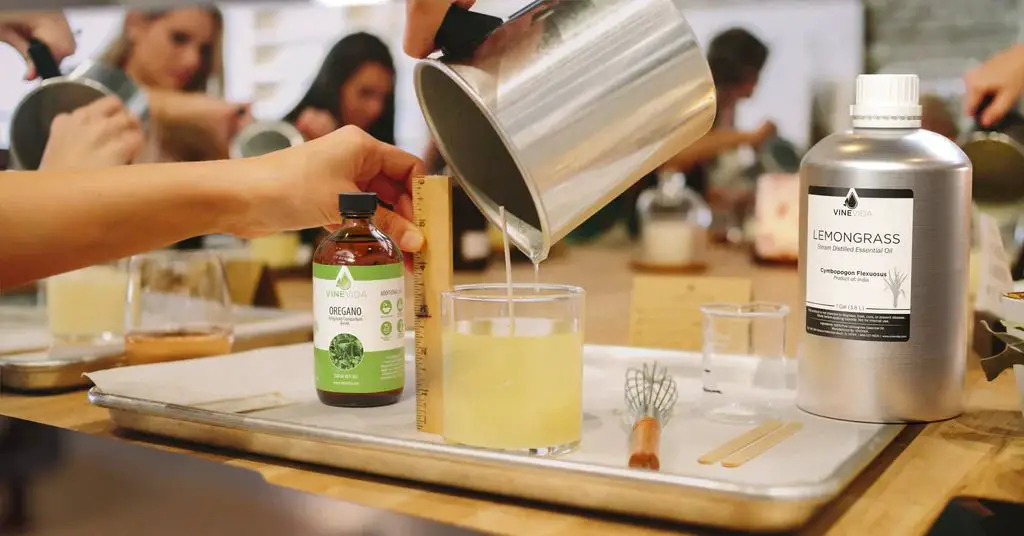
Fragrance Oil Safety
When working with fragrance oils, it’s important to consider safety, as some oils can cause allergic reactions or toxicity issues. Certain chemicals like phthalates and polycyclic aromatic hydrocarbons (PAHs) have been linked to health problems 1. Always check for any allergy warnings and restrictions on an oil before using it.
Testing is key – do a skin patch test before making large batches of candles with any new fragrance. Monitor for rashes, redness, or irritation. Proper ventilation and protective equipment like gloves and masks can also help reduce exposure to potentially problematic compounds.
Look for child-safe, phthalate-free, and skin-safe designations when selecting fragrance oils. Reputable suppliers will provide safety testing guidelines and notes for each oil. Only use oils from suppliers that follow IFRA safety standards.
Storing Fragrance Oils
Proper storage is important for maintaining the scent quality and integrity of fragrance oils. Exposure to light, heat, and oxygen can cause the aromatic compounds in fragrance oils to degrade over time, resulting in faded or altered scents. Here are some tips for proper fragrance oil storage:
Store fragrance oils in amber or blue glass bottles to limit light exposure. Direct sunlight and UV rays can accelerate fragrance deterioration. Keep bottles in a cool, dark place like a cupboard, pantry, or closed storage box. Refrigeration can help slow fragrance degradation but is not required.
Maintain a consistent, moderate temperature between 50-80°F. Heat can speed up fragrance evaporation and chemical reactions. Don’t store fragrance oils anywhere with extreme temperature fluctuations.
Keep bottles tightly sealed when not in use. Oxygen exposure causes fragrance oils to oxidize and lose top notes. Only open bottles when necessary and close them tightly afterward.
Purchase fragrance oils in smaller quantities if you won’t use them quickly. Larger bottles have more air space, increasing oxidation over time. Buy 1-4 oz bottles for occasional use.
Avoid contaminating fragrance oils by never returning spilled product back into the bottle. Use a clean pipette each time you dispense fragrance.
Check stored fragrances periodically for changes in scent by smelling and drop testing on a porous surface like terra cotta, coffee filter, or facial tissue. Faded, weak scents indicate fragrance deterioration.
Follow your supplier’s storage recommendations. Most suppliers suggest storing fragrance oils 1-2 years from purchase date for peak freshness.
With proper storage, most fragrance oils can retain their scent for 1-3 years when kept away from light, heat, and oxygen. Always buy from reputable suppliers and pay attention to any storage guidance provided.
Top Suppliers
When searching for high quality fragrance oils for candle making, there are several top suppliers that consistently offer a wide selection of scents at reasonable prices. Some of the most popular vendors include:
CandleScience – With over 250 fragrance oils to choose from, CandleScience is one of the leading suppliers for candle makers. They offer both natural and synthetic oil options, sample sizes, and lots of reviews and details on each fragrance. Their oils are very potent and provide excellent scent throw.
Flaming Candle – Known for their very affordable oils in a huge range of scents, Flaming Candle is a top pick for candle makers on a budget. Their oils may not always have as strong of a throw as more expensive options, but they offer great value.
Rustic Escentuals – Specializing in high quality fragrance oils, Rustic Escentuals tests their scents extensively. They have a diverse catalog of over 1,000 fragrances oils to choose from. Their pricing is mid-range but their oils are concentrated and strong.
Nature’s Garden – Offering a wealth of candle making resources and recipes, Nature’s Garden sells a wide array of fragrance oils for both soap and candle makers. Their oils come in multiple sizes at reasonable prices and they have one of the largest selections.
These are just a few of the most reputable suppliers of fragrance oils for candles. Exploring reviews and comparing prices and selection is the best way to find the right oils for your specific project.
Factors in Selecting
When choosing a fragrance oil for candle making, there are several important factors to consider:
According to Choosing the Best Fragrance Oils for Candles, you’ll want to think about the scent profile you wish to achieve. Do you want a strong, bold aroma or something more subtle and light? Selecting fragrance oils with the desired strength is key.
You’ll also want to consider the flash point of the fragrance oil, which refers to the temperature at which the oil ignites, according to Fragrances In Candles: A guide Flash point, and adding with temperatures. For safety, it’s best to choose fragrance oils with a high flash point over 200°F.
Additionally, think about the overall scent and whether it fits your candle’s intended use or theme, the occasions when it will be burned, and personal preferences, as noted by What Is A Fragrance Oils? Its Origin, Making & Application.
Testing different fragrance oils through experimentation can help identify the best options before mass production.
Testing and Experimenting
Tips for testing fragrance oils before production
Testing fragrance oils is an important step before committing to large-scale production. Here are some tips for testing oils:
- Always test oils on a small batch first – Make a few test candles with new oils to see how they perform.
- Check hot and cold throw – Test how well you can smell the fragrance when the candle is burning and when it’s not lit. A good oil will have both a strong hot and cold throw.
- Evaluate scent throw distance – Make notes on how far away you can smell the test candle. Strong fragrances will fill a room.
- Test for acceleration – Check how quickly the wax sets up with the oil added. Some oils can accelerate curing too quickly.
- Watch for separation – See if the fragrance oil separates from the wax after pouring and cooling.
- Burn test for 1-2 hours – Check how the scent throw lasts throughout the entire burn time.
- Check for residue – Inspect for fragrance oil residue left on the glass or wax pool after burning.
- Test in multiple wax types – Try the oil in different waxes like soy, paraffin, coconut, etc.
Taking good notes during testing will help determine if a fragrance oil is suitable for full production. Allow time for thorough experimentation with oils to find your perfect scents.
Conclusion
When selecting a fragrance oil for candle making, there are many factors to consider. The most popular fragrance oil scents are fruity, floral, and food-inspired, but you can also find exotic and masculine scents. Fragrance oils can be formulated from natural or synthetic ingredients, with each having pros and cons. Most recommend using 6-8% fragrance oil, but you can adjust this to achieve your desired scent throw. Be sure to follow all safety precautions when working with fragrance oils as some can be irritating. Store them properly in a cool, dark location to preserve their scent integrity. Reputable suppliers like CandleScience and Lonestar offer a wide selection of fragrance oils and sample packs so you can experiment and find your perfect match. The key is finding a well-blended, high quality oil that produces a pleasing, long-lasting scent in your finished candle. With some testing and care, you can create homemade candles with beautiful customized scents.

